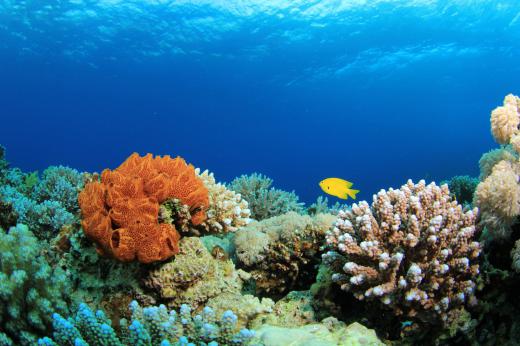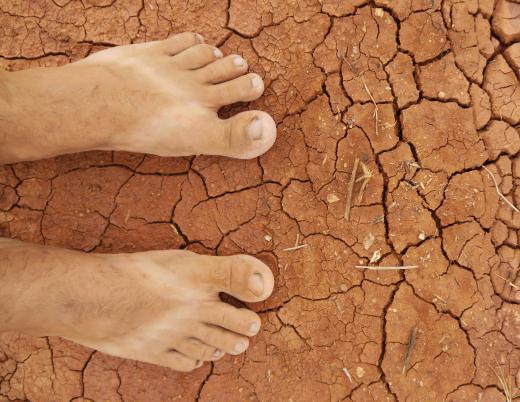What Are the Different Branches of Earth Science?
The branches of earth science or geoscience are geology, geography, oceanography, atmospheric sciences, geoinformatics, soil science, and glaciology. New developments, however, have expanded the branches of earth science to include a collection of studies called environmental sciences. These are aimed to investigate the environmental conditions that positively and adversely affecting all living things on Earth. The branches of earth science may also be divided into sub-branches, such as mineralogy, meteorology, and marine biology. As the name suggests, all branches of earth science are studies directed toward the Earth, the living things and the factors that affect the way they live, as well as the nonliving things.
According to early scientists, earth science is equivalent to geology, which investigates the solid part, or the lithosphere, of the Earth. The Earth, however, is not all solid, as it also includes a liquid part called hydrosphere and a gaseous part called atmosphere. Thus, the term has been defined as interrelated studies concerning the solid Earth, the waters of the Earth, and the various atmospheric phenomena on it. Geology has then been regarded as one of the major branches of earth science; this specifically deals with the materials of which the Earth is made, how some processes affect these materials, and the past events that helped shape the Earth since its beginning.

Considered as one of the oldest academic disciplines, geography deals with the changes on the surface of the Earth and the relationship of human beings to their environment. Its complexity prompted experts to subdivide it into two branches, physical and human geography, which are further subdivided into several disciplines. Meanwhile, the oceans of the Earth and their boundaries are studied in oceanography. The oceans are interconnected to cover 71% of the surface of the Earth, and serve as sources of food for people and animals. They also function as thoroughfare of ships associated with trade and commerce, and as a factor that influences the weather and climate.

The atmosphere, as well as its physical and chemical properties, is the focus of the atmospheric sciences. This study involves several disciplines, such as climatology and meteorology; in climatology, the main approaches to classification of climates are empiric, genetic, and applied. In empiric classification, climates are identified according to observable characteristics; in genetic classification, according to inferred causes; and in applied classification, according to the effects of climate on other atmospheric occurrence. For meteorology, the focus is on the observed weather patterns, such as typhoons and monsoons.

Geoinformatics deals with the analysis of problems related to the Earth. Its branches include geostatistics and geodesy. Soil science, which includes pedology and edaphology, investigates soil formation, composition, and classification, as well as how it should be properly managed. Glaciers and past events involving glaciers are studied in glaciology. It is important to study glaciers because they play a role in climatic changes.
AS FEATURED ON:
AS FEATURED ON:













Discussion Comments
@Rotergirl -- I liked my earth science classes too, especially the ones on meteorology. Like most Southerners, I'm a weather watcher (you have to be in Dixie Alley!), and knowing how the weather works was really interesting.
We didn't get into the serious meta-maths or anything, but just learning why the weather does what it does was good stuff.
I always enjoyed earth science. When I took it in college, I really liked the unit on plate tectonics. I thought it was fascinating to learn about how earthquakes happen, why and how best to prevent damage from them. I'm nothing close to a science geek, but I enjoyed earth science a great deal.
Post your comments